The term “ferrous” comes from the Latin word “Ferrum,” which means iron (Fe). Therefore, ferrous metals contain iron in relatively large quantities. Iron gives these metals very distinctive characteristics and properties.
There are two kinds of ferrous materials: iron metal such as tool steel, carbon steel, and cast irons, and iron alloys such as white iron, gray cast iron, pig iron, alloy steel, carbon steel, forged steel, wrought iron, nodular cast iron, malleable cast iron, chilled cast iron.
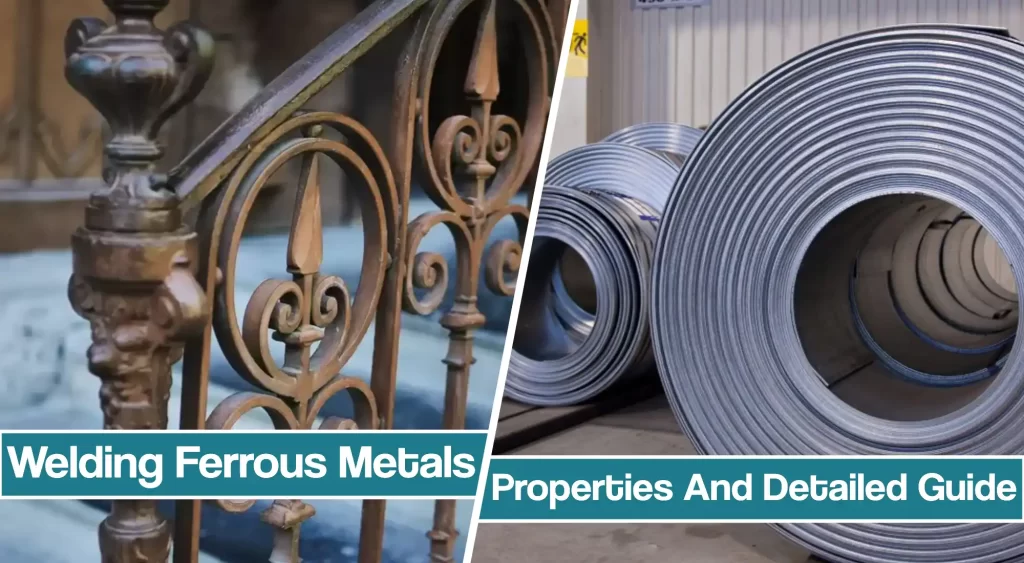
Before you start welding any of them, you must know how these metals interact with welding equipment. That’s why we made this comprehensive guide on welding ferrous metals.
What are Ferrous metals?
As we mentioned in the introduction, ferrous metals are the ones containing relatively large quantities of iron. Iron is the most common metal on Earth by mass, and its presence gives the ferrous metals unique characteristics and properties, such as ductility and high tensile strength.
The use of ferrous metals dates back to 1,200 BC, when the production of iron became more commonplace. Today, favorable properties make ferrous metals valuable materials, particularly in the construction industry.
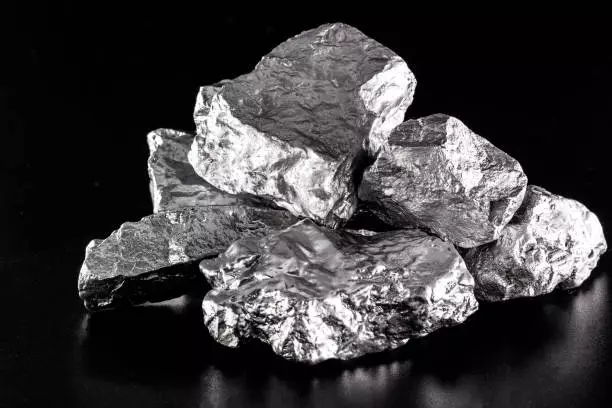
As the most significant part of the welding is carried out on ferrous metals, let’s look at their characteristics. Understanding the properties of each ferrous metal will help you weld them, and we will give you some tips on how to do it.
Physical And Mechanical Properties Of Iron
Iron, like other metals, conducts heat and electricity, has a luster, and forms positive ions in its chemical reactions. In addition, pure iron is relatively soft and can easily be shaped and formed when hot, making it a valuable item in the construction industry.
- Symbol: Fe
- Atomic number: 26
- Atomic weight: 55.847
- Group in periodic table: 8 (VIIIb)
- Melting point: 1536°C; 2797°F
- Boiling point: 2861°C; 5182°F
- Density: 7.87 g/cm3; 0.284 lb/in3
The color of iron is silvery-white, and it is easily magnetized. When combined with small amounts of carbon, iron becomes steel. However, in the presence of moisture, iron combines easily with oxygen in the air and rusts quickly.
Nonetheless, iron is protected against rusting by coating with a phosphate solution. Coating iron with zinc to make galvanized iron also prevents rusting.
Mechanical Properties Of Iron
| Tensile strength at break | 540 MPa; 8300 psi |
| Yield strength | 50 MPa; 7250 psi |
| Poisson’s ratio | 0.291; 0.291 |
| Modulus of elasticity | 200 GPa; 29000 ksi |
| Shear modulus | 77.5 GPa; 11200 ksi |
| Hardness, Vickers | 150; 150 |
| Hardness, Brinell | 146; 146 |
| Hardness, Rockwell A | 49; 49 |
| Hardness, Rockwell B | 79; 79 |
Welding ferrous metals – Pure iron Forms
Iron metal is extracted from iron ore rocks and minerals. These ores vary in color from yellow to dark gray to deep purple and rusty red. The ore is put into a blast furnace alongside coke and limestone, which serve as a flux to produce iron.
The first result of carburization and reduction of iron ore with coke is pig iron. Unfortunately, the molten pig iron produced in this process has approximately 3.5% – 4.5% of the carbon element, making it highly brittle and inapplicable in most areas. However, pig iron can later be used to produce cast iron, steel iron, and wrought iron.
Due to high brittleness, welding pig iron is not practical, so we will talk more about other forms of it.
Wrought Iron Properties
Wrought iron is almost pure iron, as it contains 99% iron. The rest, 1%, is limited to slag, sulfur, phosphorous, manganese, carbon, and silicon.
Wrought iron is made from pig iron in a puddling furnace. The pig iron is mixed with slag to produce a fibrous structure. As a result, wrought iron contains up to 0.08% of carbon. In addition, given its low composition in additives, wrought iron has a woody or stringy appearance.
The wrought iron is solid but also malleable enough to be turned into fencing. Therefore, one of the significant advantages of wrought iron is how long it lasts.
Wrought Iron Use
The use of wrought iron has declined over the years since mild steel is much easier to make. However, some items were traditionally made of wrought iron.
Today, wrought iron is used to make decor items like table bases, candle holders, curtain rods, etc., making pipes, fences, gates, nuts, bolts, rivets, chains, crane hooks, and plates.
Welding Wrought Iron
The procedure for welding wrought iron is generally the same as that used for welding structural steel. Therefore, MIG welding (GMAW) and Stick welding (SMAW) are the most common methods.
But first, you should keep in mind that national standards of wrought iron’s mechanical properties may vary widely, even in two plates from one manufacturer. Therefore, you might get different results.
Nonetheless, welding wrought iron can be easy as long as you avoid excess penetration. Excess penetration can lead to slag inclusions due to wrought iron structure.
To get the best results when welding wrought iron, you should use small-diameter Stick electrodes, which need low current. In addition, dip transfer or pulsed arc with smaller diameter filler metal should work just great with MIG (GMAW) welding.
Keep in mind that shrinkage stresses due to welding can occur. To avoid it, you should use stringer beads, butter the wrought iron prior to completing the structural weld, keep the weld preparation to a minimum, back-stepping, and cool out between runs.
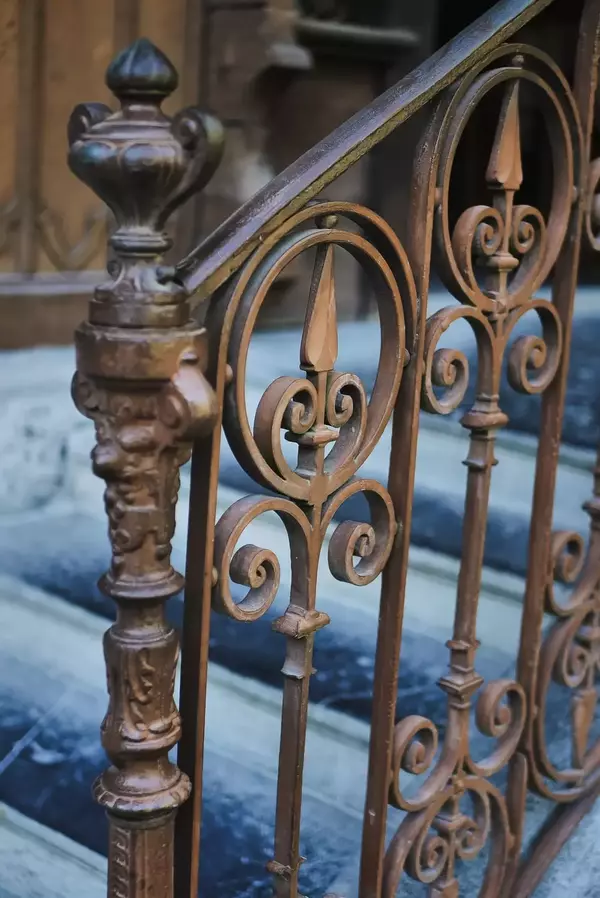
Ingot Iron Properties
Ingot iron is the most commercially pure iron in the current market as it contains over 99.85% iron. Ingot iron has similar properties to carbon steel, but there is a slight difference. Carbon content in ingot iron is considered an impurity, while in carbon steel, carbon is one of the alloying elements.
Ingot Iron Welding
Ingot iron is uniformly pure, soft yet tough, flows evenly, lays smoothly and firmly, and contributes much to sound homogenous welds. Dense, even welds are easily and
quickly obtained by experienced operators.
Positive characteristics make ingot iron highly suitable for fusion welding and forge or hammer welding.
In both cases, the metal heats readily, and once the weld is hammered into place, it holds firmly.
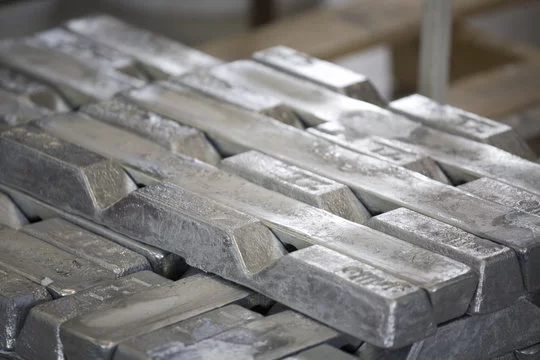
Cast Iron Properties and Welding
The previous section mostly talked about pure iron forms, but in this part, we will discuss the cast-iron structures, characteristics, and welding.
We should mention that cast iron is a human-made iron alloy for a start. It is carbon steel with more carbon added, in conjunction with sulfur, silicon, phosphorous, and manganese.
The carbon content of 1.7% – 4.5%, which is about ten times that of most steel, carbon migrates into the weld metal and/or the heat-affected zone, leading to elevated brittleness/hardness. This, in turn, can lead to post-weld cracking.
Welding Cast Iron
Cast iron can be difficult to weld because of its specific composition we mentioned above, but it is not impossible if you use the correct welding technique to avoid weld cracks. However, first, you will need to identify the cast iron alloy you are about to weld since they can show somewhat different characteristics.
Next, you will have to clean the cast and preheat the base metal. Finally, you will have to choose the appropriate welding technique and welding rods.
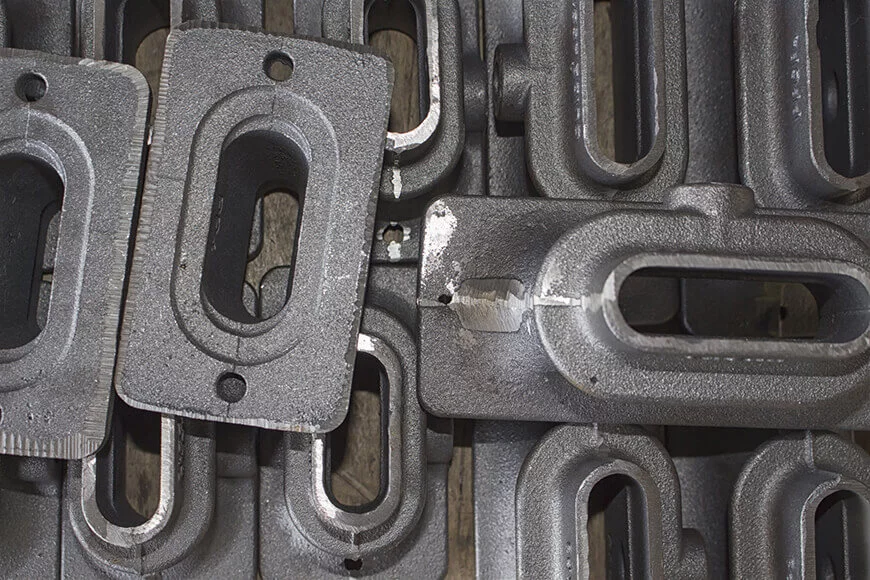
To weld cast iron, theoretically, any of the common arc welding processes such as manual metal arc welding, flux-cored arc welding, metal active gas welding, submerged arc welding, and tungsten arc welding can be used. However, a process that facilitates slow heating and cooling is generally preferred.
If you want to learn more about welding cast iron, feel free to check out our guide.
Gray Cast Iron
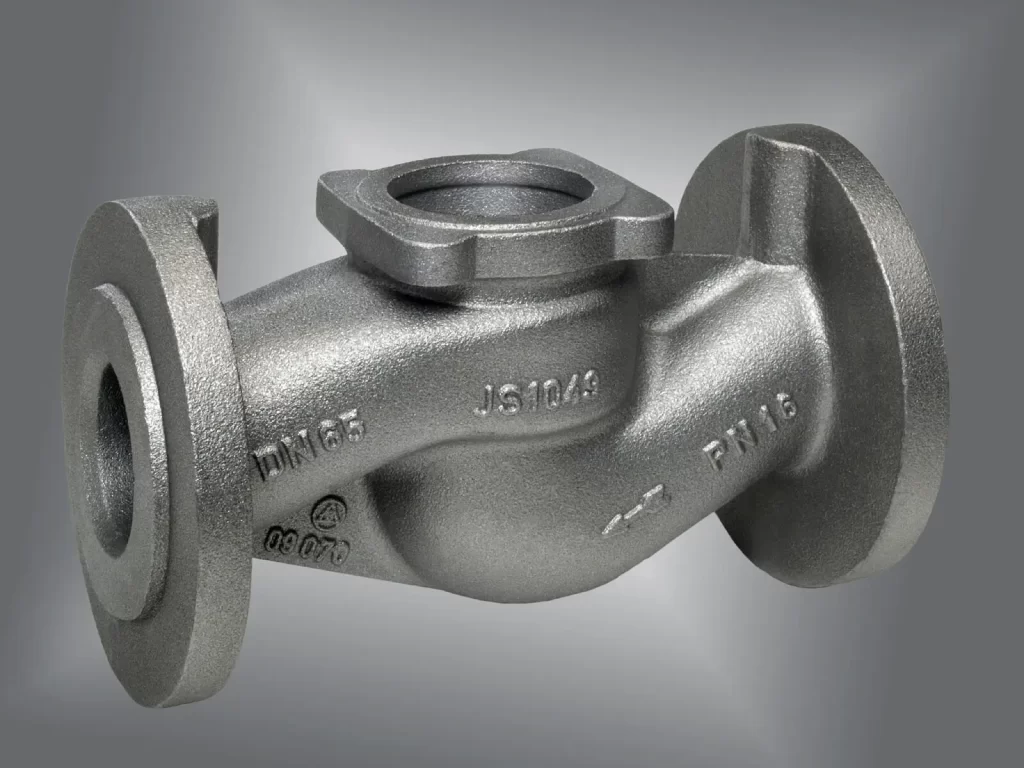
Gray cast iron is the most common type of cast iron. It is fundamentally an iron-carbon-manganese-silicon alloy with 2.5-4% carbon.
During manufacture, the carbon precipitates into graphite flakes into either ferrite or pearlite crystalline structure of gray cast iron. However, these graphite flakes can dissolve during welding and precipitate as high carbon martensite, embrittling the heat-affected zone and the weld metal.
Gray cast iron is characterized by a low friction coefficient, making it ideal as a lubricant material. It also has good machinability and no ductility.
White Cast Iron
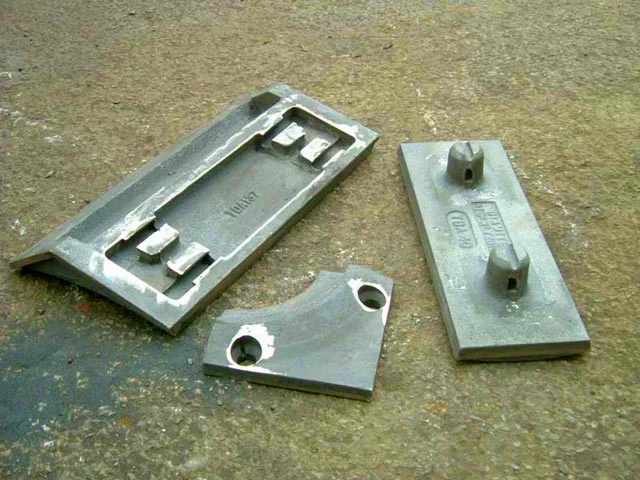
White cast iron is free of graphite and contains carbon in combined form as metal carbides making the microstructure brittle. In addition, white cast iron is generally considered unweldable due to poor ductile properties. However, it is used for inferior parts and castings.
In addition, white cast iron can be used to make malleable cast iron. Besides the color difference, gray cast iron and white cast iron carry different structures. White cast iron, besides graphite carbon and silicate, show slight traces of sulfur, manganese, and phosphorous, making it unweldable.
Nodular/Ductile Cast Iron
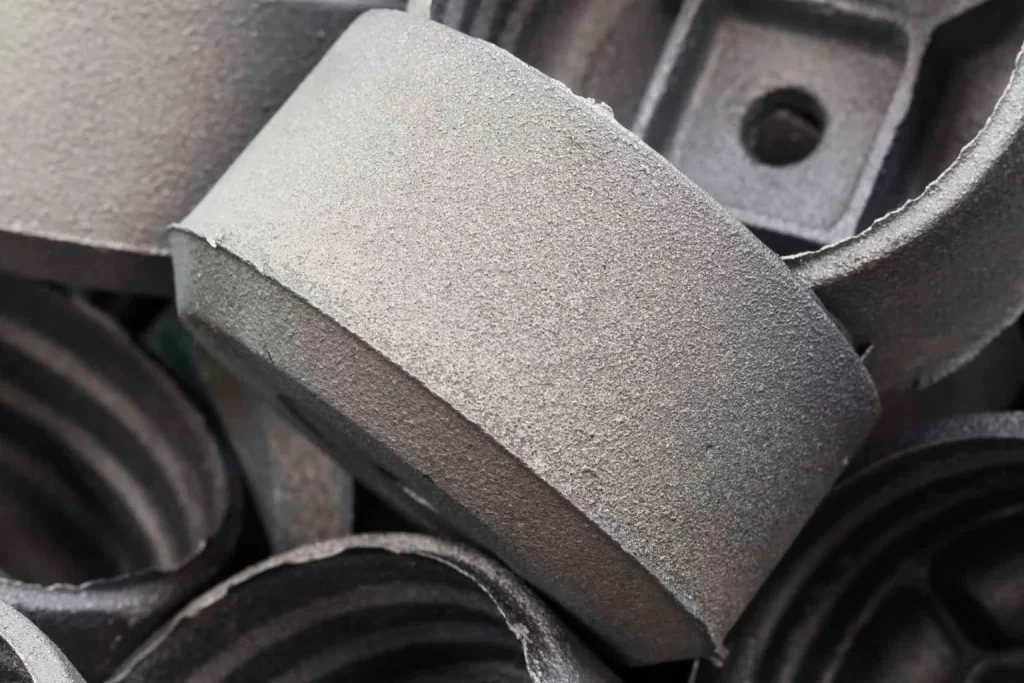
Ductile or nodular cast iron has a similar composition to grey iron, but with lower impurity levels. This ferrous metal is formed once the magnesium is added0 to molten cast iron.
Unlike grey iron, ductile iron contains graphite as spheroids in its matrix. As a result, the tensile strength of the metal increases while its brittleness decreases.
Chilled Cast Iron
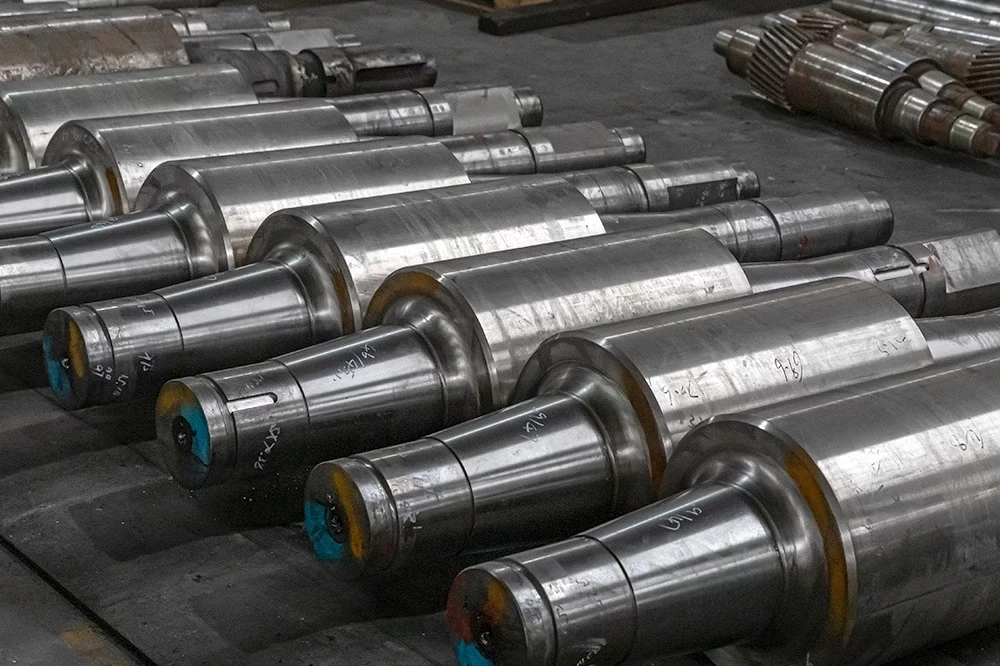
Chilled cast iron is one produced with quick cooling. All cast irons are chilled up to a limited depth of 2mm when pouring the molten metal into various molds.
However, the casting can be intentionally chilled to provide the needed hardness to withstand wear and friction.
Malleable Cast Iron
Malleable iron is heat-treated white iron with substantially lower carbon content compared to white iron. Most commonly, it is heated at 760 – 927°C for around 150 hours in containers filled with hematite ore or iron scale.
Depending on the heat treatment employed, it generally has a mixture of ferrite or pearlite structure with nodules of graphite, which improves ductility compared with the standard white iron. Given its characteristics and properties, malleable cast iron is applicable in pipe fittings, hydraulic cylinders, valves, pipes, rails, and automobiles.
Steel Ferrous metals and how to weld them
The main difference between cast iron and steel ferrous metals is their composition. Steel is an alloy of iron and carbon containing less than 2% carbon and 1% manganese and small amounts of silicon, phosphorus, sulfur, and oxygen.
Comparison-wise, some cast iron metals can even have 4-5% of carbon content, which makes them challenging to weld. With its positive characteristics, steel is one of the world’s most important engineering and construction ferrous metals, as it is used in every aspect of our lives.
The most used types of steel ferrous metals are stainless steel, cast steel, steel alloy, and carbon steel.
Stainless Steel Properties
Stainless steel is an iron-based alloy containing 10-30% chromium coating, which increases the corrosion resistance. The degree of chromium can vary, with each variation having slightly different chemical attributes that influence weldability. Therefore, you will likely deal with austenitic stainless steel, ferritic stainless steel, and martensitic stainless steel.
Austenitic stainless steel offers increased corrosion resistance and low thermal conductivity, and it is ductile and strong. The most common austenitic stainless steel and most common of all stainless steel is Type 304.
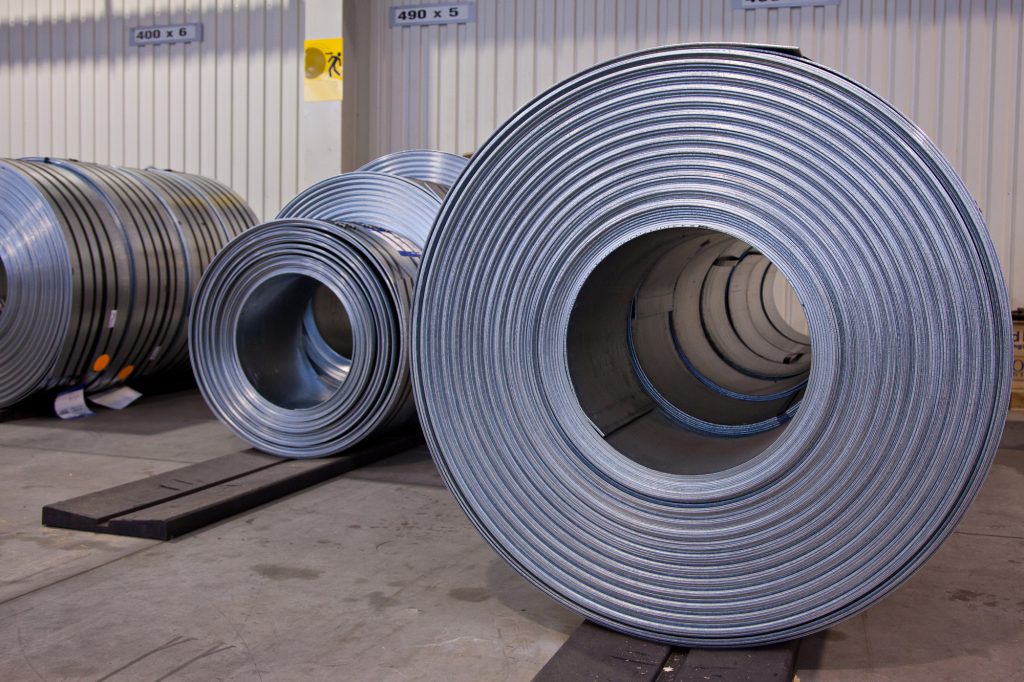
Martensitic stainless steel is known for being the first type of stainless steel developed for commercial use. Even though it is corrosion-resistant, high carbon levels can lead to cracking, so you will have to be careful during welding.
Ferritic stainless steel is known for being the cheapest type of the three main ones. Because of this, it is often used for making consumer products, auto parts, and sheet metal. The automotive industry is the biggest consumer of ferritic stainless steel, with grades 409 and 439
Welding Stainless Steel
Even though stainless steel offers high corrosion resistance it can be challenging to weld. Any contamination or excess carbon steel can interfere with the weld’s properties and make it prone to corrosion.
Therefore, prior to welding, preparation is crucial. First, you will have to clean the joints thoroughly, and the good practice is to have separate cleaning tools just for stainless steel to keep it corrosion resistant.
You can choose either MIG welding, TIG welding, or Resistance Spot welding to weld stainless steel. However, the main goal is to control welding heat and match the filler metals. High heat treatment can cause wrapping and issues; therefore, it is considered one of the most challenging metal arc welding ferrous metals.
However, welding stainless steel doesn’t have to be hard if you follow our detailed guide.
Steel Alloy Properties And Weldability
Alloy steel usually contains between 1 and 7% of elements such as Cr, Ni, Mo, and V. This category includes chromium steels (containing up to 5% Cr and 1% Mo) and nickel steels (containing up to 5% Ni). Therefore, steel alloys can be welded by most processes, as long as adequate precautions are taken to avoid defects.
It is essential to use low hydrogen processes and consumables to avoid fabrication hydrogen cracking. When the carbon and alloy content and section thickness increase, the risks of breaking in the molten metal become more significant.
Carbon Steel Properties
Carbon steel is a large category of steel that includes many varying chemical compositions. Although composed mostly of iron, several other elements can be added to carbon steel. Therefore, we are most often talking about:
- Low carbon steels that contain less than approximately 0.30% carbon
- Medium carbon steels that contain approximately 0.30% – 0.60% carbon
- High carbon steels that contain approximately 0.61% – 2.1% carbon
Welding Carbon Steel
Before you consider welding carbon steel, you should know that each type of carbon steel requires different considerations when welding.
Low carbon steel is typically the most often welded steel, and you can do it in a room-temperature environment.
Medium carbon steel typically requires preheat and post-heat treatment to avoid weld cracking.
The reason is the medium content of carbon which can affect the weldability of any welding process.
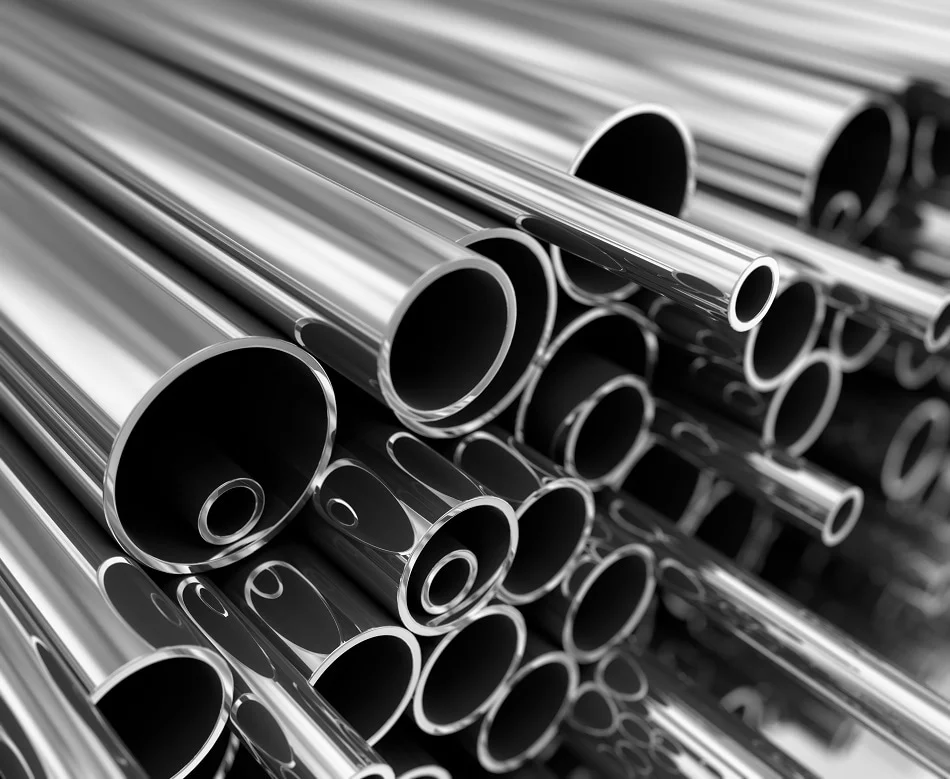
High carbon steel is even more prone to weld cracking than the other two groups of carbon steel. Therefore, welding high carbon steel will most likely require very thorough preheating and post-heating processes. It could also require special welding filler metals.
Cast Steel Properties and Weldability
Cast steel is carbon or low-alloy steel that has been melted, and poured into a mold to flow in the desired shape. Once it solidifies molten metal produces the desired component.
Welding cast steel can be successful if it has a typical low-carbon steel composition.
However, it can be challenging to weld if the casting is medium, low-alloy, or even worse, high-carbon steel, as you might have already understood from the previous section.
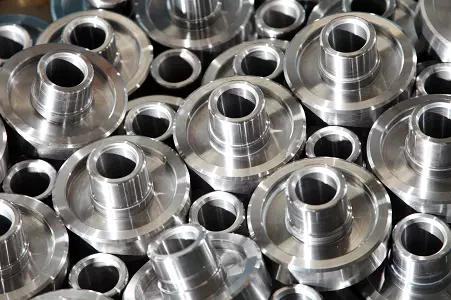
When dealing with cast steels, the most common issues are distortion and cracking. These can occur due to poor service conditions, high amounts of silicon and manganese, dirty surfaces, and reaching metal’s fatigue limits during welding procedures.
Resources:
- https://fractory.com/ferrous-metals-non-ferrous-metals-with-examples/
- https://www.twi-global.com/technical-knowledge/faqs/can-you-weld-cast-iron
- https://www.esabna.com/euweb/oxy_handbook/589oxy16_10.htm
- https://www.mig-welding.co.uk/wrought-iron.htm
- https://www.engineeringchoice.com/cast-iron/
- https://www.twi-global.com/technical-knowledge/faqs/what-metals-are-ferrous
- https://americantorchtip.com/blog/the-pros-cons-and-best-ways-of-welding-stainless-steel/
- https://www.twi-global.com/technical-knowledge/faqs/faq-what-are-low-alloy-steels-and-what-precautions-should-i-take-when-welding-them
- https://www.metalsupermarkets.com/welding-carbon-steel/





